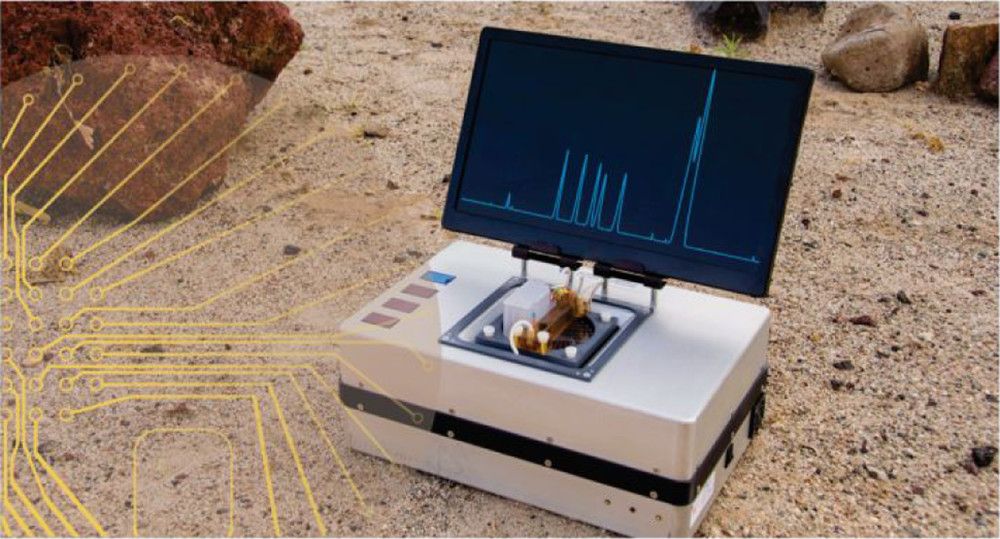There are a variety of complementary observations that could be used in the search for life in extraterrestrial settings. At the molecular scale, patterns in the distribution of organics could provide powerful evidence of a biotic component. In order to observe these molecular biosignatures during spaceflight missions, it is necessary to perform separation science in situ. Microchip electrophoresis (ME) is ideally suited for this task. Although this technique is readily miniaturized and numerous instruments have been developed over the last 3 decades, to date, all lack the automation capabilities needed for future missions of exploration. We have developed a portable, automated, battery-powered, and remotely operated ME instrument coupled to laser-induced fluorescence detection. This system contains all the necessary hardware and software interfaces for end-to-end functionality. Here, we report the first application of the system for amino acid analysis coupled to an extraction unit in order to demonstrate automated sample-to-data operation. The system was remotely operated aboard a rover during a simulated Mars mission in the Atacama Desert, Chile. This is the first demonstration of a fully automated ME analysis of soil samples relevant to planetary exploration. This validation is a critical milestone in the advancement of this technology for future implementation on a spaceflight mission.
